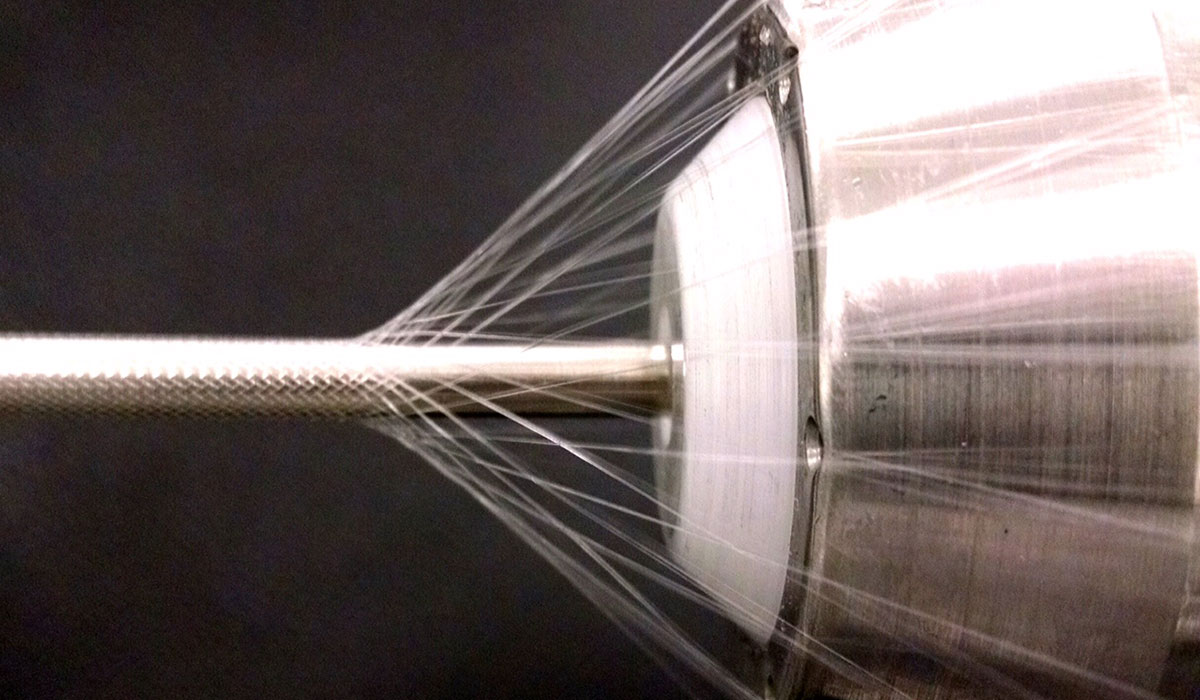Local Startup Develops Device to Treat Heart Disease in Kids

the bioresorbable flow diverter prototype is manufactured by a device known as ‘the braider.’ photo provided to bostonmagazine.com.
Allison Shackelford was just five-years-old when doctors discovered the formation of two large aneurysms in her coronary arteries. Developed as a complication of Kawasaki Disease—a rare pediatric illness that is a leading cause of acquired heart disease in American children—the aneurysms have made Allison, now age seven, susceptible to dangerous blood clots and even a heart attack.
In researching available treatments, Allison’s father, Aubry Shackelford, was dismayed by the riskiness of the current options, which include open heart surgery and the insertion of metal stents.
“Given the state of medical technology today, I can’t believe that there isn’t another option,” he says, adding that the treatments are better suited for older patients. “There are options for adults that are designed to add 10, 15, or 20 years [to a patient’s life expectancy] and everybody’s happy, right? But that’s not the case for your daughter where you want her to live much longer than that.”
Eager to address the need for more child-friendly therapies, Shackelford joined forces with his brother-in-law, Dave Rezac, to launch Pegasus Therapeutics, a medical device startup based in Boston. Both Shackelford and Rezac come from engineering backgrounds, with Rezac specializing in medical device engineering. The duo took inspiration from the latest advancements in stent technology to develop a prototype for a new device called a bioresorbable flow diverter, a non-surgical implant specifically designed for younger patients that facilitates the aneurysm healing process by limiting blood flow to the area.
Shackelford says that limiting blood flow gives the body a chance to heal the aneurysm naturally, first through a gradual clotting process, and then by creating a new vessel lining that seals it off with scar tissue. The device itself dissolves over time, unlike the current metal implants that remain in the body permanently unless they are removed.
Shackelford says that he and Rezac have sought feedback from clinicians throughout the development process to ensure that there are no obvious flaws in the device’s concept or design. Now that it is ready for testing, the company has launched an IndieGoGo fundraising campaign in hopes of generating enough cash to purchase the necessary equipment. Since its February debut, the campaign has raised nearly half of its $50,000 goal.
In developing this new device, Shackelford says that he hopes to find a solution not only for Allison, but for the thousands of children like her who are living with coronary aneurysms. “It’s important for people to know that there’s a real reason behind this,” he says. “Even if this [device] doesn’t end up exactly like we’re hoping, at least we pushed the technology forward.”

allison competing in the spartan kids race. photo provided.


